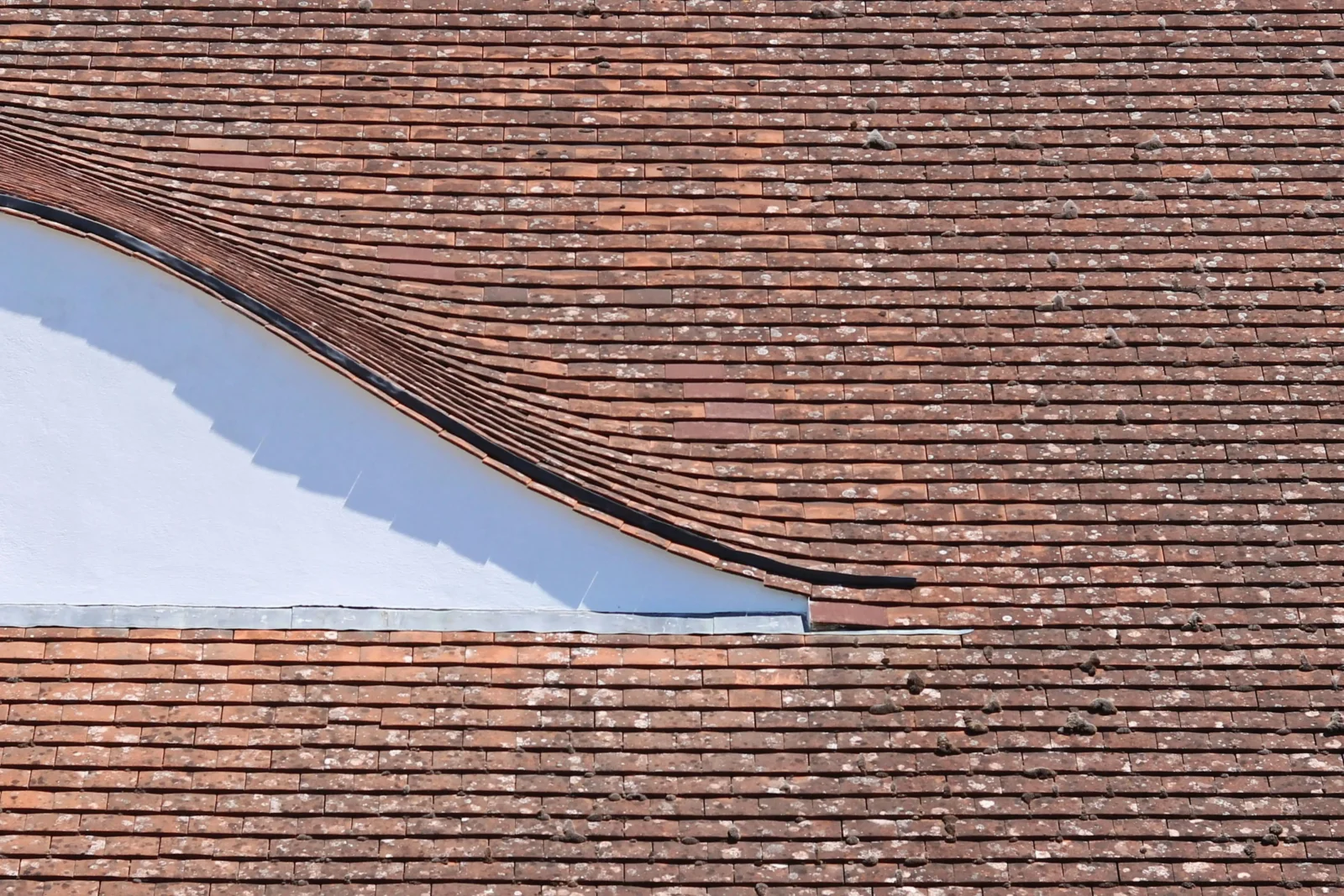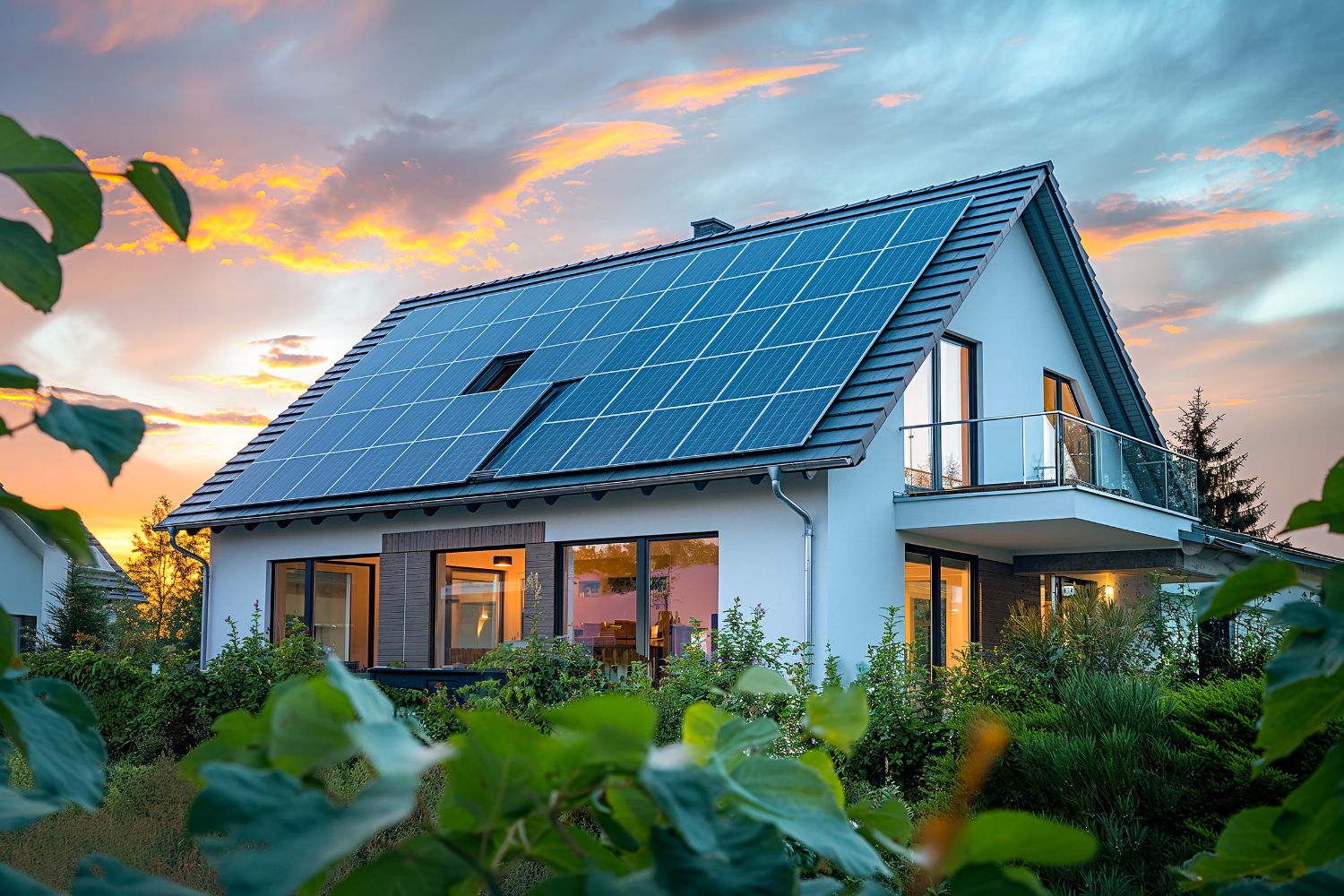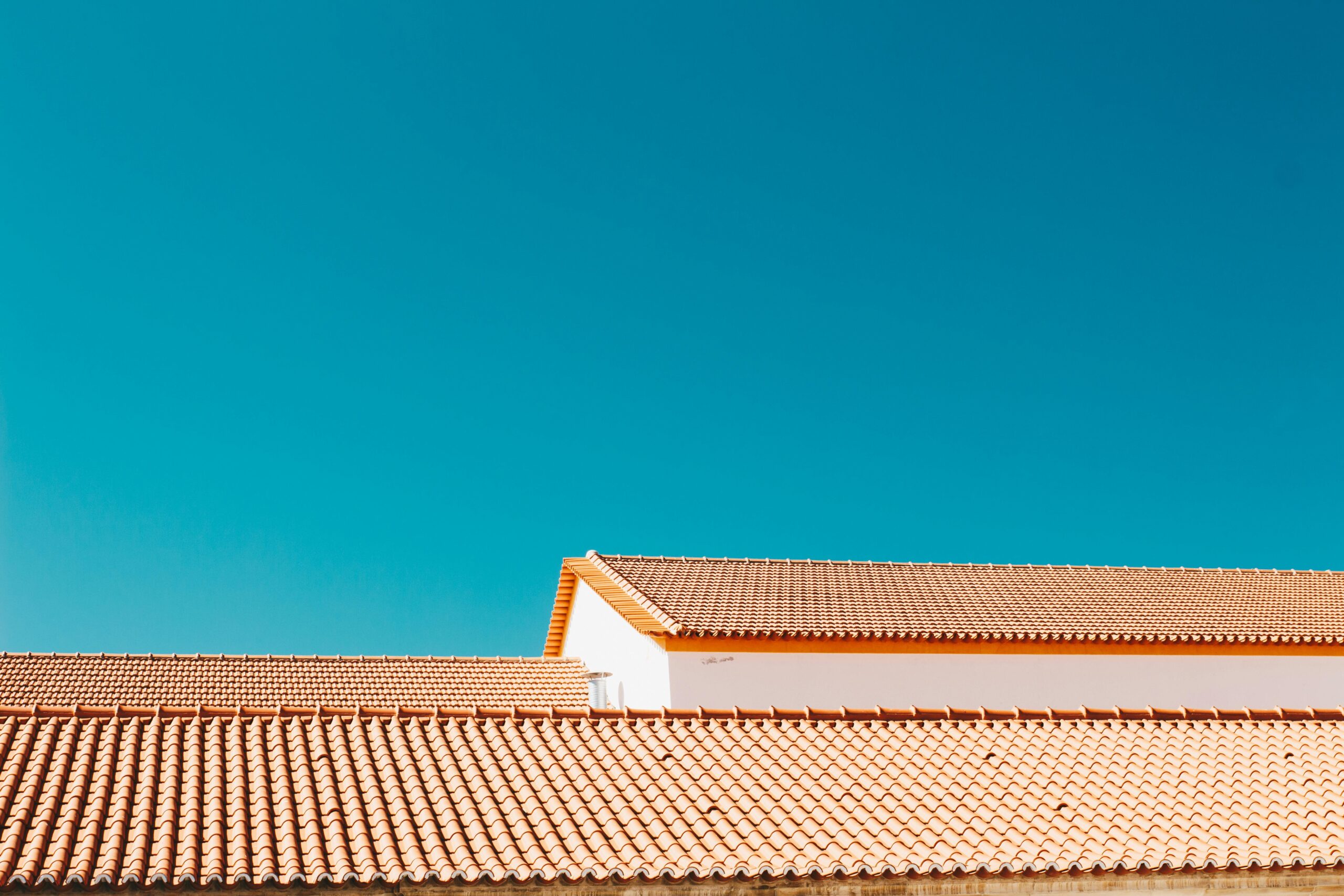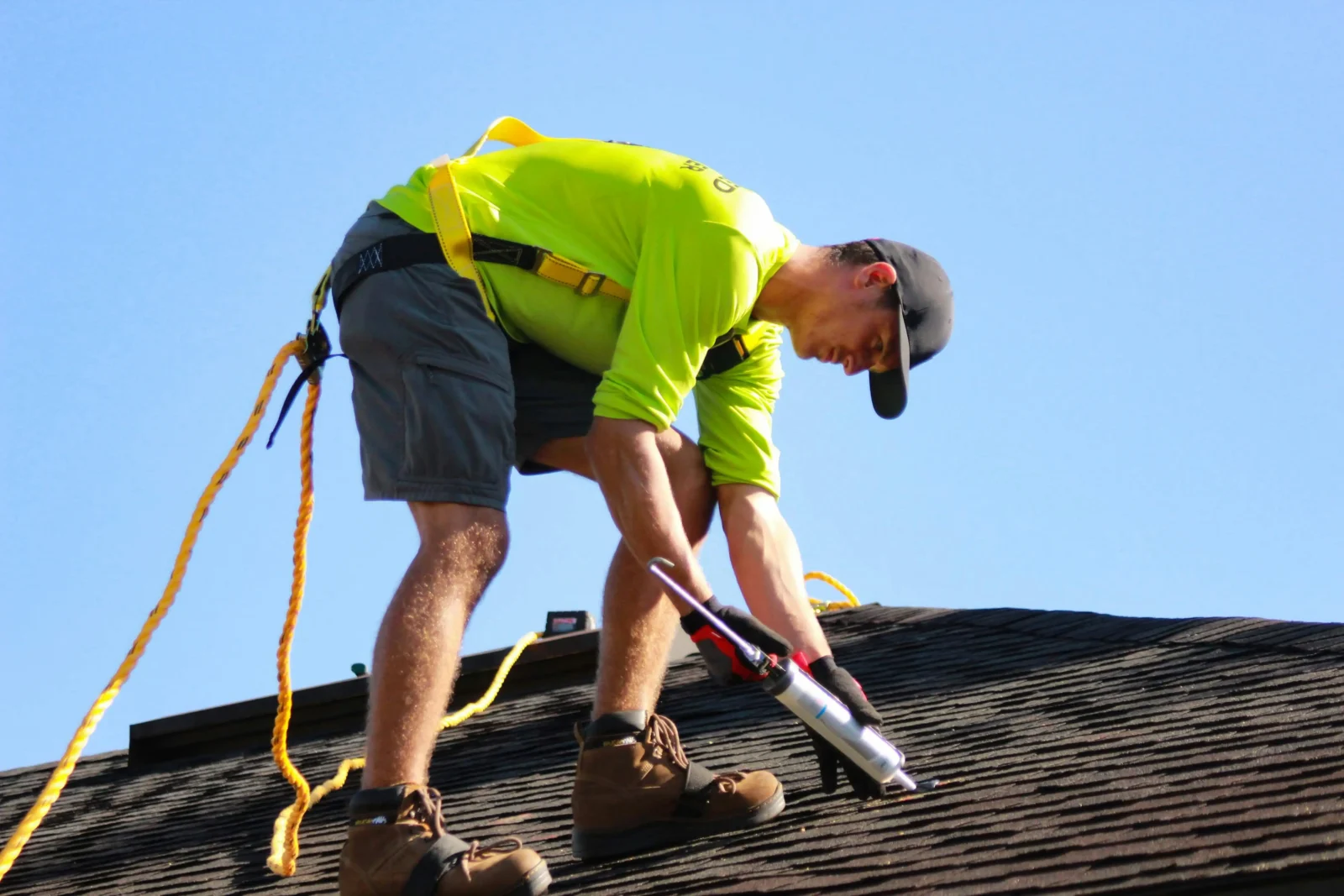- Home
- Articles
- Architectural Portfolio
- Architectral Presentation
- Inspirational Stories
- Architecture News
- Visualization
- BIM Industry
- Facade Design
- Parametric Design
- Career
- Landscape Architecture
- Construction
- Artificial Intelligence
- Sketching
- Design Softwares
- Diagrams
- Writing
- Architectural Tips
- Sustainability
- Courses
- Concept
- Technology
- History & Heritage
- Future of Architecture
- Guides & How-To
- Art & Culture
- Projects
- Interior Design
- Competitions
- Jobs
- Store
- Tools
- More
- Home
- Articles
- Architectural Portfolio
- Architectral Presentation
- Inspirational Stories
- Architecture News
- Visualization
- BIM Industry
- Facade Design
- Parametric Design
- Career
- Landscape Architecture
- Construction
- Artificial Intelligence
- Sketching
- Design Softwares
- Diagrams
- Writing
- Architectural Tips
- Sustainability
- Courses
- Concept
- Technology
- History & Heritage
- Future of Architecture
- Guides & How-To
- Art & Culture
- Projects
- Interior Design
- Competitions
- Jobs
- Store
- Tools
- More
A Business Owner’s Guide to Cost-Effective Commercial Roofing

Roof repairs rarely come at a convenient time. When leaks threaten inventory or rising energy bills hit your budget, roofing becomes more than a maintenance task. It’s a business decision.
For commercial property owners, every dollar must work hard. Roofing choices impact long-term savings, safety, and day-to-day operations. A smart investment can reduce future repair costs, protect tenants, and maintain property value without draining your resources.
Table of Contents
ToggleAssess Your Building’s Specific Needs Before Spending
Not every commercial roof serves the same purpose. An office complex has different demands than a manufacturing plant or storage facility. Roof load, internal climate control, and occupancy all influence what kind of system will work best. Skipping this step can lead to choosing materials that fail prematurely or create maintenance headaches.
Begin with a thorough inspection. Look for signs of wear, poor insulation, or drainage issues. Think about how the roof supports daily operations. Some roofs handle HVAC equipment, others face high foot traffic or harsh weather. Understanding these conditions early can prevent expensive problems later. It also makes planning more precise when speaking with contractors.
Understand Material Lifespan vs. Upfront Cost
Choosing a roofing material based on price alone can backfire. A lower upfront cost may seem appealing, but it often comes with trade-offs. Some materials degrade faster, absorb more heat, or require frequent repairs. These hidden costs can grow quickly over time and disrupt your business budget. Meanwhile, others can demonstrate a prolonged lifespan, which means getting the best value for the money.

Look at durability, energy efficiency, and maintenance needs before making a decision. Materials like thermoplastic polyolefin (TPO), ethylene propylene diene monomer (EPDM), and metal each serve different purposes. For business owners focused on long-term value, it’s worth exploring commercial roofing solutions that align with your building’s structure and local climate. The right choice can reduce long-term expenses, limit repair downtime, and improve energy use across seasons.
Minimize Future Repairs with Preventive Design Choices
Smart design helps you avoid frequent repairs and unexpected costs. A roof with proper slope and drainage won’t trap water after every storm. Good insulation reduces thermal stress and lowers your energy bill. Reflective surfaces can also cut down on heat buildup during hot months.
These choices matter from the start. Once installed, a poorly designed roof is harder and more expensive to fix. Ask contractors how they address drainage, insulation, and sun exposure during installation. Preventing problems is more cost-effective than correcting them. Thoughtful planning leads to fewer disruptions and better long-term performance for your building.
Evaluate Contractor Proposals Beyond Price
Choosing a contractor based on the lowest bid can lead to poor results. Low pricing may signal shortcuts, subpar materials, or limited warranty coverage. These choices might save money upfront, but they can cost much more in repairs, delays, or future replacements.
Instead of focusing only on the price, review what each proposal includes. A detailed scope of work, material specifications, timeline, and warranty terms all reveal how reliable the offer is. Ask contractors to share references from previous commercial jobs and check them thoroughly.
The best contractors will answer your questions clearly and help you understand every step. A higher upfront cost often brings better workmanship, stronger materials, and peace of mind.
Take Advantage of Tax Incentives and Financing Options
Roof replacements and upgrades can be a large expense, but there are ways to reduce the financial strain. Many governments offer tax deductions for energy-efficient roofing systems. In the U.S., Section 179 allows businesses to deduct the full cost of qualifying upgrades in the same year they’re installed.
Local rebates may also be available for reflective or “cool” roofs that improve energy performance. Some contractors work with lenders to offer payment plans that spread out the cost. These options make it easier to invest in better materials without hurting cash flow. Business owners should ask about available programs early in the planning phase to maximize potential savings.
Schedule Routine Maintenance to Extend Roof Life
Once the roof is installed, the work isn’t over. Without regular maintenance, even the best systems break down sooner than expected. Small issues like punctures, pooled water, or loose flashing can grow into serious damage if left unchecked.
A routine inspection schedule keeps problems from getting worse. Many property owners benefit from seasonal checkups, especially after heavy storms or extreme heat. Maintenance doesn’t need to be costly, but it does need to be consistent. Preventing damage is far more affordable than fixing it. Partnering with a contractor who offers maintenance services can help your roof last longer and perform better.
Plan for End-of-Life Replacement Strategically
All roofs reach a point when repairs no longer make sense. Planning ahead for full replacement gives you more control over costs and timing. Waiting too long can force emergency decisions that interrupt business operations and lead to rushed choices.
Start by tracking the age and condition of your roof. If signs of widespread wear appear, speak with a contractor early. This allows time to review materials, secure financing, and schedule work during slower periods. A strategic replacement plan helps you avoid downtime and keeps the transition smooth for tenants, customers, or staff.
Wrapping Up
Cost-effective roofing means making informed choices that match your building’s needs, your budget, and your long-term goals. As a business owner, your roof plays a critical role in protecting assets, managing energy use, and supporting daily operations. Treat it like an investment. With the right planning and attention, commercial roofing becomes a strategic decision that strengthens your business rather than draining your resources.
illustrarch is your daily dose of architecture. Leading community designed for all lovers of illustration and #drawing.
Submit your architectural projects
Follow these steps for submission your project. Submission FormLatest Posts
Best Practices for Roof Inspections and Maintenance
On most projects, the roof spends decades out of sight while carrying...
Sunny Days, Secure Roof: Simple Steps to Shield Your Home
Your home is more than just a place to live—it’s a sanctuary....
Simple and Stylish Roof Ideas for Homeowners
When designing your home, don’t overlook the roof. It’s essential for both...
Key Qualities to Look For in a Residential Roofing Contractor
Choosing a residential roofing contractor involves careful consideration. The roof is a...












Leave a comment